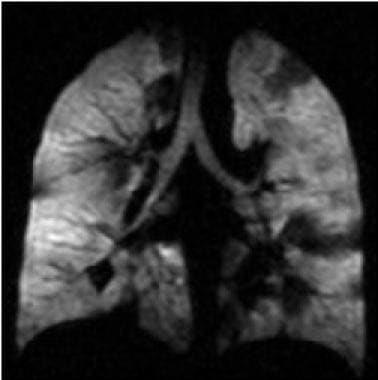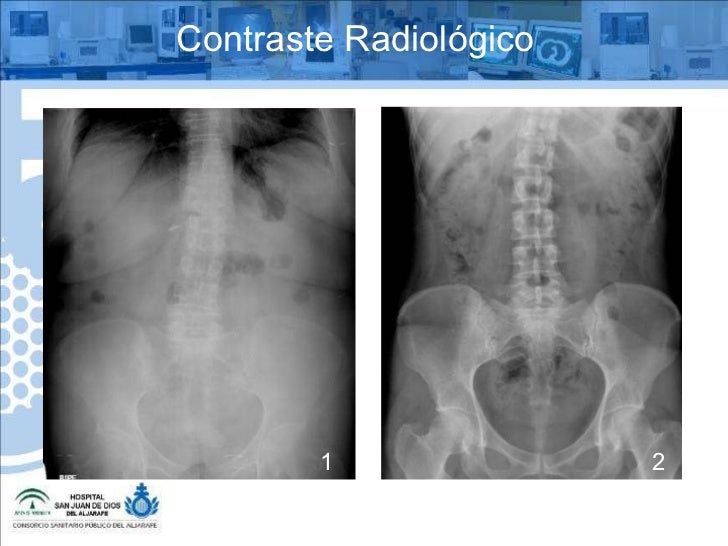

The abandonment of the routine use of contrast medium requires an assessment of the loss of diagnostic power against the gains in operational logistics, costs, time, capacity, and side effects.


T1-weighted sequences provide the best contrast for paramagnetic contrast agents (e.g.

Selecting a TR shorter than the tissues' recovery time allows one to differentiate them (i.e. If T1WIs did not have short TRs, then all the protons would recover their alignment with the main magnetic field and the image would be uniformly intense. Thus, water has low signal and appears dark. Conversely, water has much slower longitudinal magnetization realignment after an RF pulse and therefore, has less transverse magnetization after an RF pulse. T1 weighting tends to have short TE and TR times.įat quickly realigns its longitudinal magnetization with B 0, and it therefore appears bright on a T1 weighted image. They then slide back toward the original equilibrium of B 0. Not all tissues return back to equilibrium in the same amount of time, and a tissue's T1 reflects the amount of time taken for its protons' spins to realign with the main magnetic field (B 0). Basically, spins aligned in an external field (B 0) are put into the transverse plane by a radiofrequency (RF) pulse. T1 weighted image (also referred to as T1WI or the "spin-lattice" relaxation time) is one of the basic pulse sequences in MRI and demonstrates differences in the T1 relaxation times of tissues.Ī T1WI relies upon the longitudinal relaxation of a tissue's net magnetization vector (NMV).


 0 kommentar(er)
0 kommentar(er)
